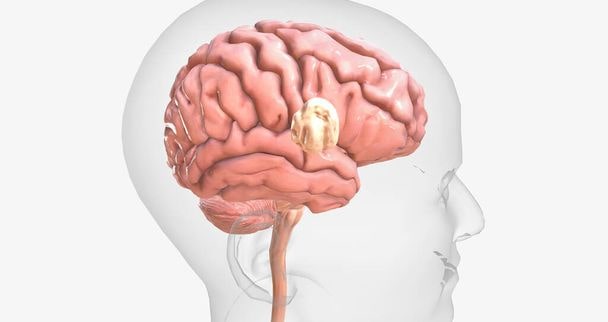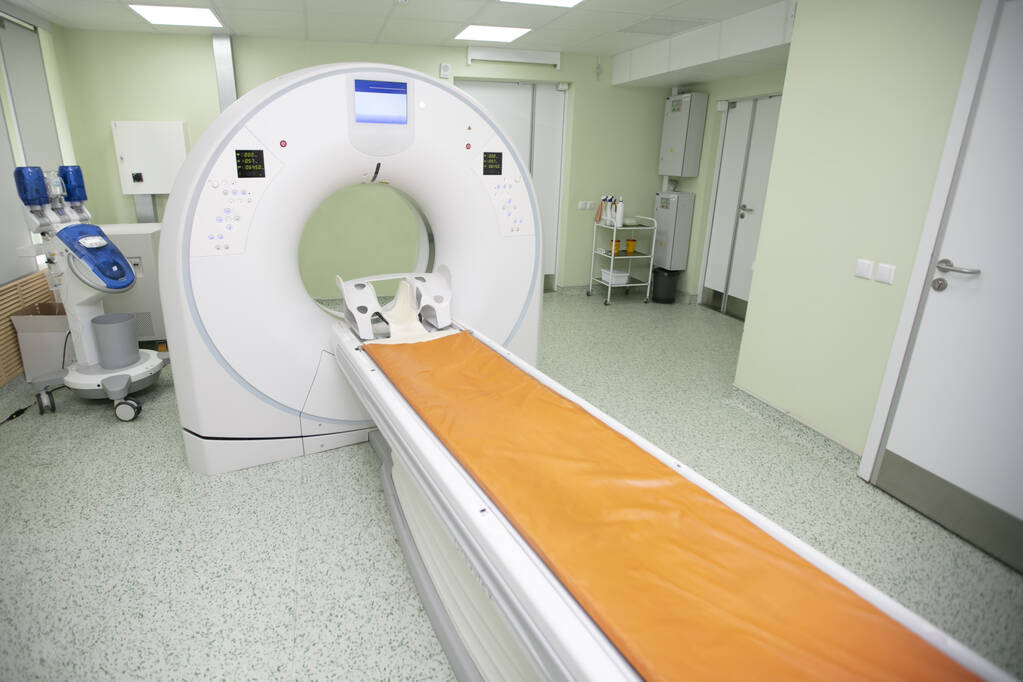1,234 total views
The human brain is a complex organ, consisting of numerous regions and structures that work together to govern our thoughts, emotions, and behaviors. Among these regions, the locus coeruleus, located in the brainstem, plays a crucial role in regulating various cognitive functions. Recent research has shed light on the effects of Modafinil, a well known wakefulness-promoting medication, on the locus coeruleus during functional magnetic resonance imaging (fMRI) scans. Relationship between modafinil, locus coeruleus, and brain activity patterns, revealing potential implications for cognitive enhancement and therapeutic interventions.
Introduction
Modafinil, a eugeroic drug, was initially developed to treat sleep disorders such as narcolepsy, obstructive sleep apnea, and shift work sleep disorder. It is known for its ability to promote wakefulness, increase alertness, and enhance cognitive performance. As researchers delved deeper into Smart pills mechanisms of action, they discovered its impact on the locus coeruleus, a small nucleus in the brainstem responsible for the synthesis and release of the neurotransmitter norepinephrine.
Understanding the Locus Coeruleus
The locus coeruleus, often referred to as the “blue spot,” is a region rich in norepinephrine producing neurons. Norepinephrine, a neurotransmitter involved in arousal, attention, and stress responses, is crucial for regulating brain functions. The locus coeruleus receives signals from various brain regions and projects norepinephrine to widespread areas, exerting a modulatory influence on cognition, mood, and behavior.
Modafinil Impact on the Locus Coeruleus

Studies have shown that the drug affects the locus coeruleus by increasing the release of noradrenaline. This increase in norepinephrine levels leads to changes in the activity of the locus coeruleus neurons. Specifically, the pills promote a shift in the activity of the locus coeruleus neurons from a low tonic, baseline excitation pattern to a high-phase, burst like excitation pattern. This shift is thought to contribute to modafinil wakefulness promoting effects and its effects on cognitive function.
Low-Tonic, High-Phasic Activity
Low tonic, high phasic activity refers to a pattern of neuronal firing where neurons exhibit baseline firing at a low frequency but intermittently spike to a high frequency. In the context of the locus coeruleus, this pattern represents a transition from a relatively stable state to a more activated state. The shift to high phasic activity is associated with increased alertness, attention, and cognitive performance.
Functional MRI and Modafinil
Functional MRI (fMRI) is a noninvasive imaging technique that measures changes in brain activity by determining blood oxygen saturation levels. Several studies have used fMRI to study the effects of modafinil on the locus coeruleus. These studies have shown that taking it leads to increased blood oxygen saturation in the locus coeruleus, indicating increased activity during fMRI scans. The results support the hypothesis that the drug induces a transition to low tonic, high phase activity in the locus coeruleus.
Implications and Applications
The observed shift in locus coeruleus activity induced by Modafinil has significant implications. By promoting a state of high phasic activity, pills may enhance cognitive functions such as attention, working memory, and decision making. This potential cognitive enhancement opens doors for applications in fields where optimal mental performance is crucial, such as academia, professions requiring long periods of focus, and tasks involving complex problem solving.
Limitations and Future Research
Although current studies provide valuable insights into the effects of modafinil on locus coeruleus, there are a number of limitations. Many studies have mainly focused on healthy individuals, and further studies are needed to examine the effects of the smart drug on people with cognitive impairment or neurological disorders. In addition, long term effects, optimal dosage, and potential side effects need to be carefully studied. Future research should address these limitations and provide a fuller understanding of its effects on locus coeruleus.
Conclusion
In conclusion, the drug has an effect on the locus coeruleus, a vital brain region involved in the regulation of cognitive functions. By switching the locus coeruleus to a low tonic and high phase excitation pattern, it promotes wakefulness and potentially improves cognitive function. The use of fMRI has provided valuable insights into these effects, confirming the hypothesis of increased locus coeruleus activity during modafinil administration. Nevertheless, further studies are needed to uncover the full extent of the pill’s effects, to explore its potential uses, and to address existing limitations.
‼️ Disclaimer: The information provided in this article about modafinil is intended for informational purposes only and is not a substitute for professional medical consultation or recommendations. The author of the article are not responsible for any errors, omissions, or actions based on the information provided.
References:
- Astafiev S. V., Snyder A. Z., Shulman G. L., Corbetta M., Science. www.sciencemag.org/cgi/content/full/328/5976/309-a. 2010
- Minzenberg M. J., Watrous A. J., Yoon J. H., Ursu S., Carter C. S., Modafinil shifts human locus coeruleus to low-tonic, high-phasic activity during functional MRI. Science. 2008
- T. P. Naidich. Duvernoy’s Atlas of the Human Brain Stem and Cerebellum: High-Field MRI, Surface Anatomy, Internal Structure, Vascularization and 3D Sectional Anatomy. 2009
- K. L. Simpson, R. C. Lin, in Brain Norepinephrine: Neurobiology and Therapeutics, G. A. Ordway, M. A. Schwartz, A. Frazer, Eds. 2007
- Keren N. I., Lozar C. T., Harris K. C., Morgan P. S., Eckert M. A., In vivo mapping of the human locus coeruleus. Neuroimage. 2009
- Schou M. Post-mortem human brain autoradiography of the norepinephrine transporter using. Eur. Neuropsychopharmacol. 2005
- Minzenberg M. J., Carter C. S., Modafinil: A review of neurochemical actions and effects on cognition. Neuropsychopharmacology. 2008


